This week, I have been mostly listening to Parsifal. Not the St Matthew Passion, which is my usual Passiontide fare. And, boy, it’s been quite an experience. You have to be in the mood for the Bach, but for the Wagner you really have to be in the mood.
Parsifal is nearly five hours long. I’m reluctant to say that not a lot happens, because it’s a story of overpowering philosophical transformation. But, alas, no two commentators agree on the nature of that transformation and, unlike the Ring Cycle, it doesn’t offer many plot twists by way of distraction. The knights who guard the Holy Grail, the chalice of the Last Supper, have lost their second most precious possession, the lance that pierced Christ’s side. It’s been captured by a self-castrated magician, Klingsor, who uses Kundry — a woman cursed for laughing at Christ on the Cross — to seduce knights who try to recapture the lance. Only an innocent, Parsifal, can seize it and return it to the knights so that they can continue their life-giving ceremony of the Grail. This he does on Good Friday, the day of redemption for sinful man.
Plenty to ponder there, you might think. But most of it is back story: the action on stage unfolds at an extremely leisurely pace and can be lethally boring. Wagner was going through a Schopenhauer/Buddhist phase at the time, thus handing modern producers a blank cheque to do their worst. Going to see it is a risk. If you’re stuck in a Parsifal where the Knights are Teletubbies and the Grail a bottle of Fairy Liquid — and, furthermore, the chatterbox raconteur Gurnemanz is a retired Wotan with a voice like sandpaper — then it’s all too easy to identify with Amfortas, leader of the knights, who’s carried around on a litter wailing that he wants to die.
I don’t know many people whose favourite Wagner opera is Parsifal. But it’s become mine — and, oddly, I have Pope Francis to thank for that. In an interview last year the pontiff came out as a Wagnerite, albeit one who doesn’t trust modern interpreters. ‘The performance of Wagner’s Ring by Furtwängler at La Scala in Milan in 1950 is for me the best,’ he said. (‘For me’ indicates that he wasn’t speaking ex cathedra; presumably it’s only a venial sin to prefer Barenboim.) ‘But also the Parsifal by Knappertsbusch in 1962.’
I’ve long admired the Karajan Parsifal, thrilling in its concentration and control. But, as so often with Karajan — for example, in Mahler’s Ninth — the de luxe strings faintly echo Mantovani. Having now bought the ‘Kna’, recorded at Bayreuth, I find it’s rougher at the edges but conveys greater spirituality. Holiness, even. Is that what Pope Francis is pointing us to?
Most experts on Wagner insist that this ‘festival play of consecration’ is not intended to be a religious experience. The composer believed it was the job of art ‘to save the spirit of religion by recognising the figurative value of the mythic symbols which the former would have us believe in their literal sense’. Parsifal, his last opera, is where he showed how this could be done.
Fair enough. But the literal/figurative distinction is pretty blurred in the minds of most Christians, and yet they’re still drawn in their hundreds of millions to ceremonies that re-enact the Last Supper. Liszt, Wagner’s father-in-law, felt that Parsifal should not be ‘excommunicated’: ‘Many poets known to be Catholic come nowhere near Wagner’s level of religious feeling,’ he wrote.
Put bluntly, the Grail ceremony is a sort of Mass. A very odd Mass, since Jesus is not mentioned by name; it inspired Aleister Crowley to write a Gnostic parody of the sacrament that is still performed by Californian fruitloops. On the other hand, in an era when priests celebrate the Eucharist in the manner of game-show hosts, the majesty of the Grail music offers Catholic believers and ex-believers a startling reminder of the emotional power of ritual. (It would be interesting to see a production that vests Amfortas in a chasuble as he elevates the cup.)
Arnold Whittall argued that the score of Parsifal is not only more intense but also more ‘reticent’ than those of earlier works. It’s a reticence that I hear also in those pieces of late Beethoven (the Piano Sonata Op. 110, the String Quartet Op. 132) whose theme is, like Wagner’s, the dignity of suffering. But Parsifal brings this theme into the realm of the sacred. Tiny shifts of tonal colour illuminate a sacrament — ‘an outward sign of inward grace’, to use Rome’s own definition. Admittedly, Wagner didn’t like Catholics very much, so this way of thinking might annoy him. But, then again, he was a crazed anti-Semite, yet Jews are among the greatest conductors and connoisseurs of his music. So I don’t care. Happy Easter.
Got something to add? Join the discussion and comment below.
Get 10 issues for just $10
Subscribe to The Spectator Australia today for the next 10 magazine issues, plus full online access, for just $10.

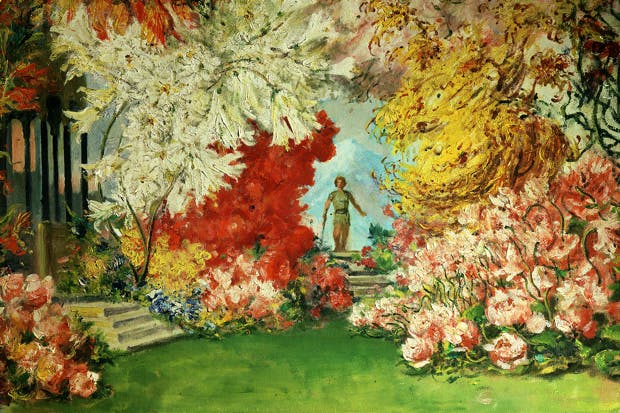
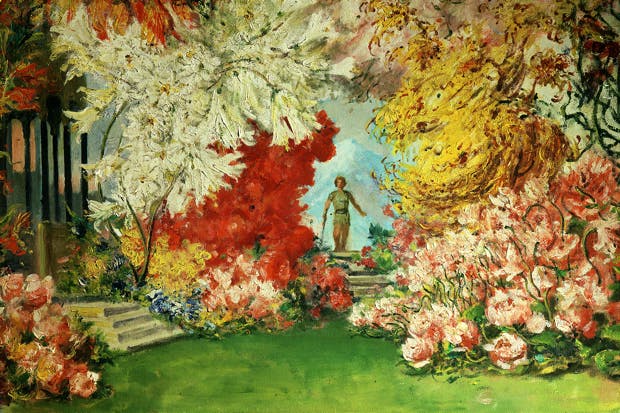
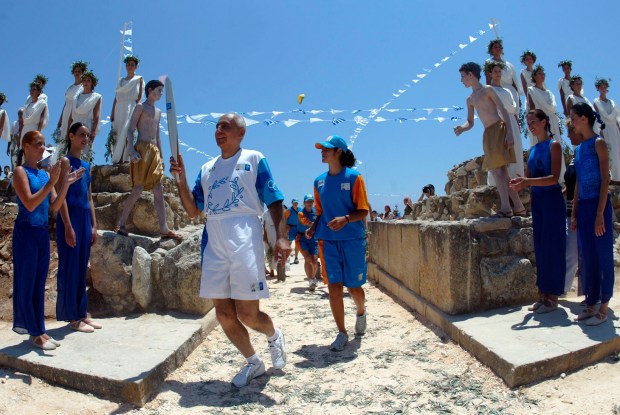
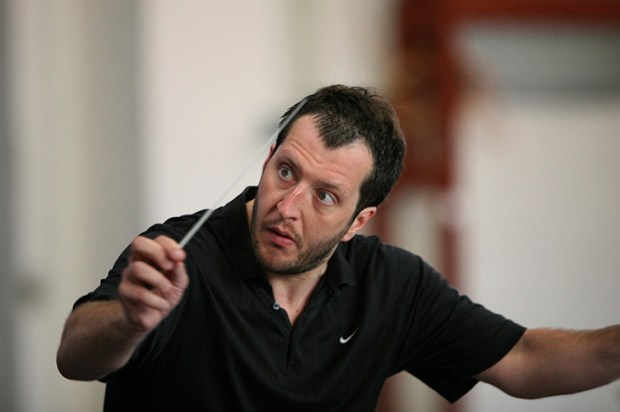
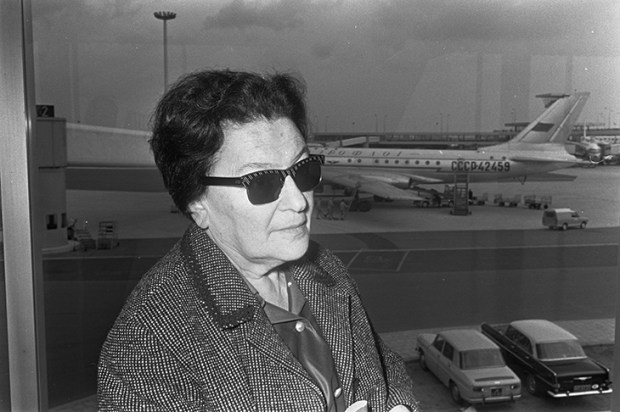
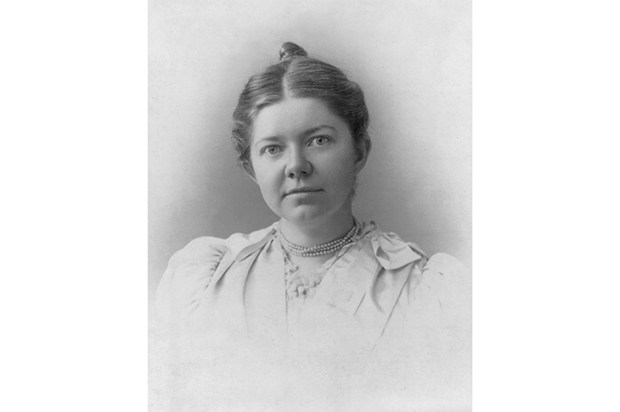
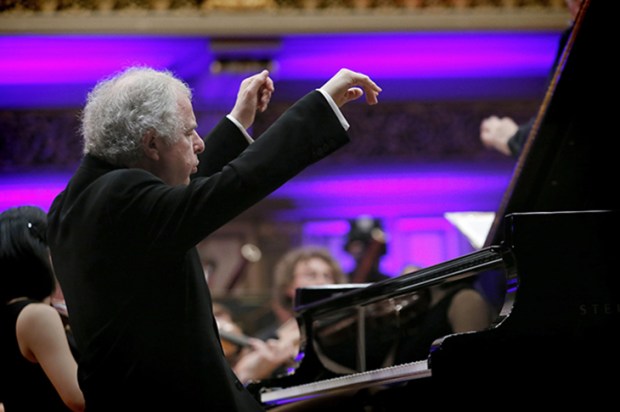






Comments
Don't miss out
Join the conversation with other Spectator Australia readers. Subscribe to leave a comment.
SUBSCRIBEAlready a subscriber? Log in